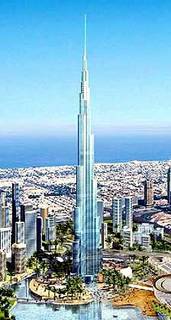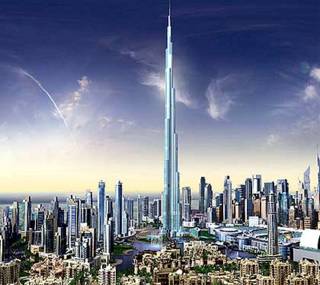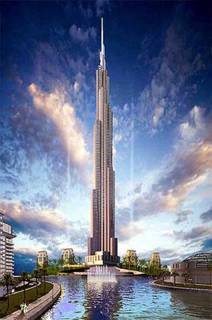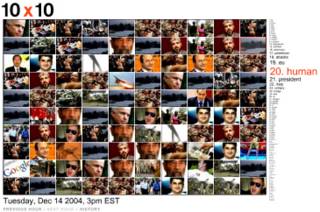Incredible new architecture
South Korea's Samsung Corporation has won the contract to build the world's tallest building, the Burj Tower in Dubai.

Samsung won the $306 million deal, after an 11-month bid process.
The concrete and steel tower will be part of an $8 billion 500-acre project in the United Arab Emirates.
Workers have already started to clear the ground for the 800-metre high, 160-floor skyscraper and it should be completed by November 2008.

Burj Dubai will radiate out in a series of ellipses from the sky breaking tower encompassing residential, commercial, hotel, entertainment, and the world largest shopping mall. The planned Old Town with its intimate streets and architectural detail will create special ambience with the mystery of yesterdays Arabia. Old Town will feature every kind of restaurant from five-star dining to outdoor cafes overlooking parks and waterways.

I thought about expanding more on other awesome United Arab Emirates architecture, but I think I'll just post what I have.


